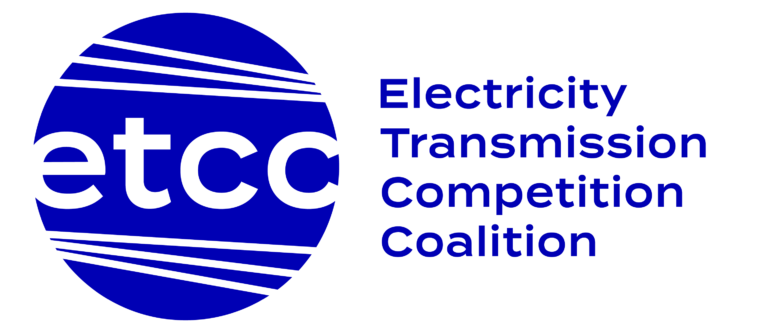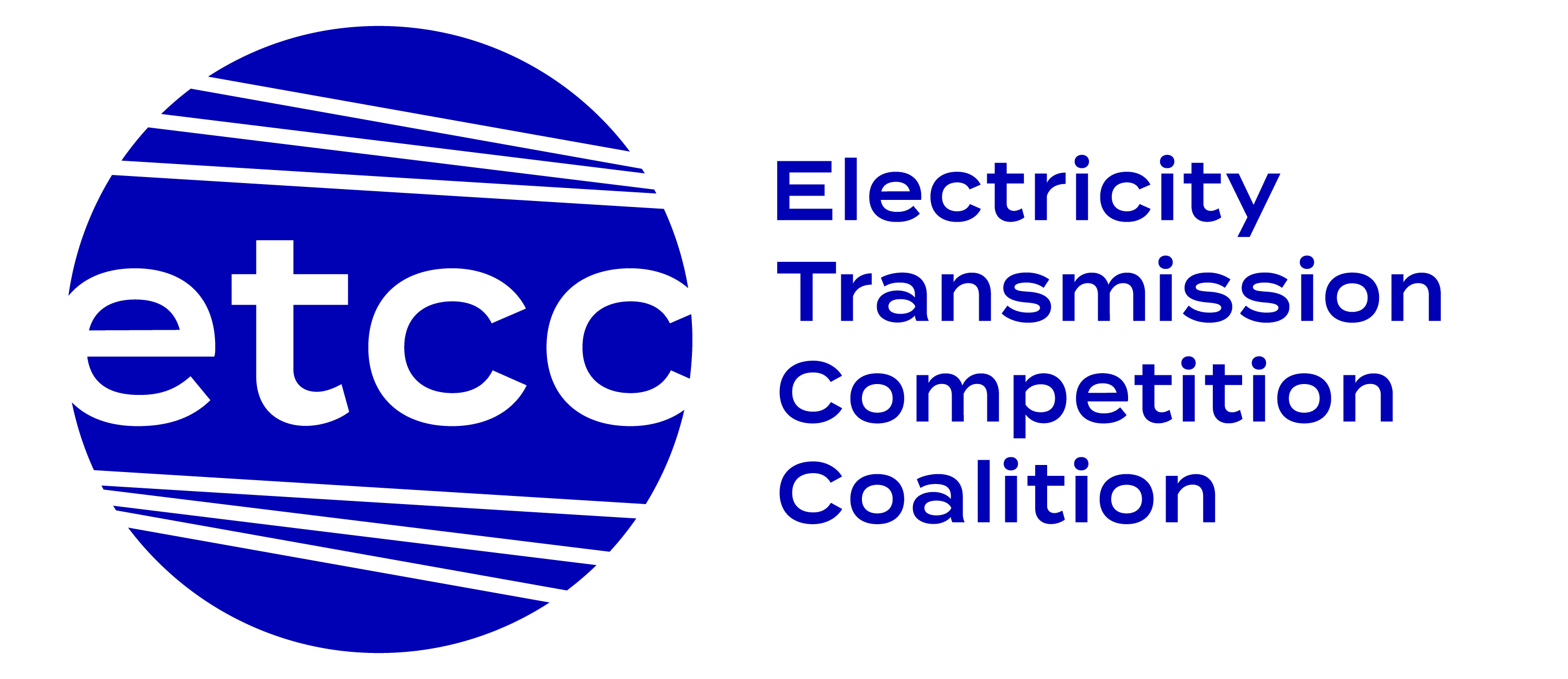
FOR IMMEDIATE RELEASE
August 10, 2023
12-Month Electricity Price Inflation Remains High at 3% While All Other Energy Commodities Collectively Fall 20% - FERC Must Act
Consumers Urge FERC to Require that All New Transmission Projects Are Competitively Bid to Lower Electricity Costs and Inflation for Households and Businesses.
WASHINGTON – Inflation data released by the U.S. Bureau of Labor Statistics today continues the long-term trend of electricity inflation exceeding other commodities as measured by the Consumer Price Index (CPI). The index for electricity services inflation over the last year rose 3%, compared to other energy commodities which fell:
- Gasoline: -19.9%
- Fuel oil: -26.5%
- Utility piped gas service: -13.7%
- Energy commodities: -20.3%
Electricity price inflation is 23% higher than the average of these energy commodities. High electricity prices have saddled consumers with higher monthly utility costs adding to the broader economic burden facing households and businesses across the country.
In a statement, Paul Cicio, Chair of the Electricity Transmission Competition Coalition, said: “Accelerating electricity price inflation is due to rising electricity transmission costs and is a growing burden to millions of Americans. At a time when a substantial portion of Americans’ disposable incomes are being used to pay for rising electricity bills[1], FERC must stand up for consumers – not the utility monopolies. The surest path to lower electricity prices is for the FERC Transmission Planning NOPR to require that all large transmission projects be competitively bid to drive down costs.”
Additional data from the Energy Information Administration showed that residential electricity prices increased by 5 percent last year as residential spending on electricity increased to record levels.[2] Competitively bid electricity transmission projects have been shown to reduce costs to consumers by up to 40 percent according to The Brattle Group.[3] The U.S. will need to spend $2.1 trillion on transmission to reach its net-zero goals by 2050 according to Princeton University which means that electricity transmission competition could save as much as $840 billion for Americans.[4]
###
About the Electricity Transmission Competition Coalition
The Electricity Transmission Competition Coalition (ETCC) is a broad-based, nation-wide coalition committed to increasing competition in America’s electricity transmission infrastructure. We advocate for common-sense policies and solutions that result in competitively priced transmission projects, which reduce energy costs for all ratepayers – from large manufacturers to residential consumers. The ETCC represents a diverse group of more than 80 companies and organizations from all 50 states, including manufacturing groups, retail electric consumers, state consumer advocates, public power representatives, think tanks, and non-incumbent transmission developers.
For more information, visit: www.electricitytransmissioncompetitioncoalition.org.
Press Contact:
Julian Graham
jgraham@signaldc.com
###
[1] U.S. Census Bureau, Current Population Survey, 2021 and 2022 Annual Social and Economic Supplements (CPS ASEC), https://www.census.gov/data/datasets/time-series/demo/cps/cps-asec.html
[2] U.S. Energy Information Administration, U.S. residential electricity bills increased 5% in 2022, after adjusting for inflation, https://www.eia.gov/todayinenergy/detail.php?id=56660&src=email
[3] Brattle Group: Cost Savings Offered by Competition in Electric Transmission, https://www.brattle.com/wp-content/uploads/2021/05/16726_cost_savings_offered_by_competition_in_electric_transmission.pdf
[4] NET-ZERO AMERICA: Potential Pathways, Infrastructure, and Impacts, Princeton University, https://netzeroamerica.princeton.edu/?explorer=year&state=national&table=2020&limit=200

